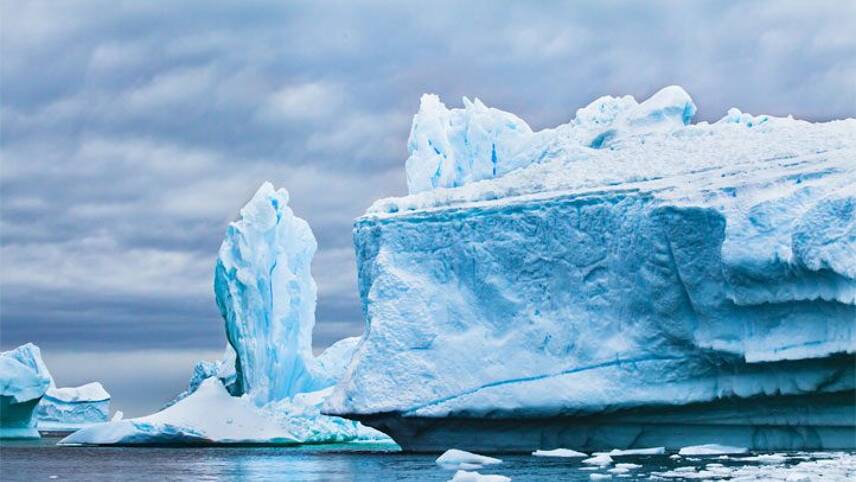Register for free and continue reading
Join our growing army of changemakers and get unlimited access to our premium content

Green policy decisions made this year will affect the climate for decades to come
The warning has been issued in a new report from the Climate Crisis Advisory Group today (26 August). The group comprises 15 leading climate scientists from across the world, including the UK’s former chief scientific advisor Sir David King, who acts as chair.
Entitled ‘The Final Warning Bell’, the new report builds on the recent report from the Intergovernmental Panel on Climate Change’s (IPCC) Working Group 1, which outlined the updated physical science of past, present and likely future changes to the Earth’s climate.
Using the IPCC’s insight, the Climate Crisis Advisory Group has calculated that, even if the world achieves net-zero by 2050, there will only be a 50% chance that the global temperature increase will be capped at 1.5C. There is even a likelihood, the report states, that the 1.5C mark will be exceeded by 2030. 1.5C is the Paris Agreement’s most ambitious trajectory and, as the IPCC has stated, every fraction of a degree above this limit will have dire impacts on ecosystems, communities and the global economy.
The chances of limiting the temperature increase to 1.5C, the report argues, would be far greater if nations and businesses collectively strive to deliver net-negative emissions by mid-century at the latest. This entails reducing emissions in-house as much as possible, then capturing the equivalent to more than the residual emissions.
The Climate Crisis Advisory Group has stated that it sees a role for both nature-based solutions and man-made ‘negative emissions’ technologies in achieving a net-negative emission world – but it believes that both options have suffered from a lack of investment, policy support and in-depth research.
“If all feasible greenhouse gas removal technologies are deployed at scale, there is a reasonable chance of sequestering 30 – 40 billion tons of CO2 annually – less than the total amount being emitted currently each year,” the report states. It argues that “only technologies capable of capturing and sequestering at least one billion tons per year of CO2 each should be under consideration, since scalability is critical in any response to the current crisis”.
Other key considerations, the report states, is the cost of carbon removal systems, the need to protect diversity and the critical importance of ensuring that projects are delivered in a ‘just’ manner that protects and empowers the most marginalised groups, including Indigenous communities. With this in mind, it leans towards nature-based solutions.
Beyond reducing and removing emissions, the report makes the case for what it calls climate repair. Climate repair actions include refreezing the Earth’s poles and glaciers, slowing future ice melt and stabilising sea levels. The report acknowledges that research into how these actions could be carried out is in its relevant infancy
The report implores the 25 nations which collectively committed to spend $30bn on research and deployment of technologies which reduce and remove emissions – or repair the climate – at COP21 in Paris to provide further details on funding allocated to date and future spending plans. This will go some way to addressing the R&D and funding gaps and could set an example for other countries.
“It’s clearer than ever that there is no carbon budget remaining, and there really is no room left for manoeuvre; this is our ‘now or never’ moment,” Sir David King said.
“The world will be watching in November, as governments and policymakers come together at COP26, and they must put the future of humanity first.
“The latest IPCC AR6 report is the surest assessment to date of the global catastrophe on our hands should our leaders not take immediate, concerted action in confronting the climate crisis.”
edie recently published a feature exploring the extent to which man-made carbon removal technologies will be used in the global transition to net-zero, given their numerous drawbacks. The feature also explores the pros and cons of nature-based carbon sequestration solutions such as tree planting. You can read that piece here.
Sarah George


Please login or Register to leave a comment.